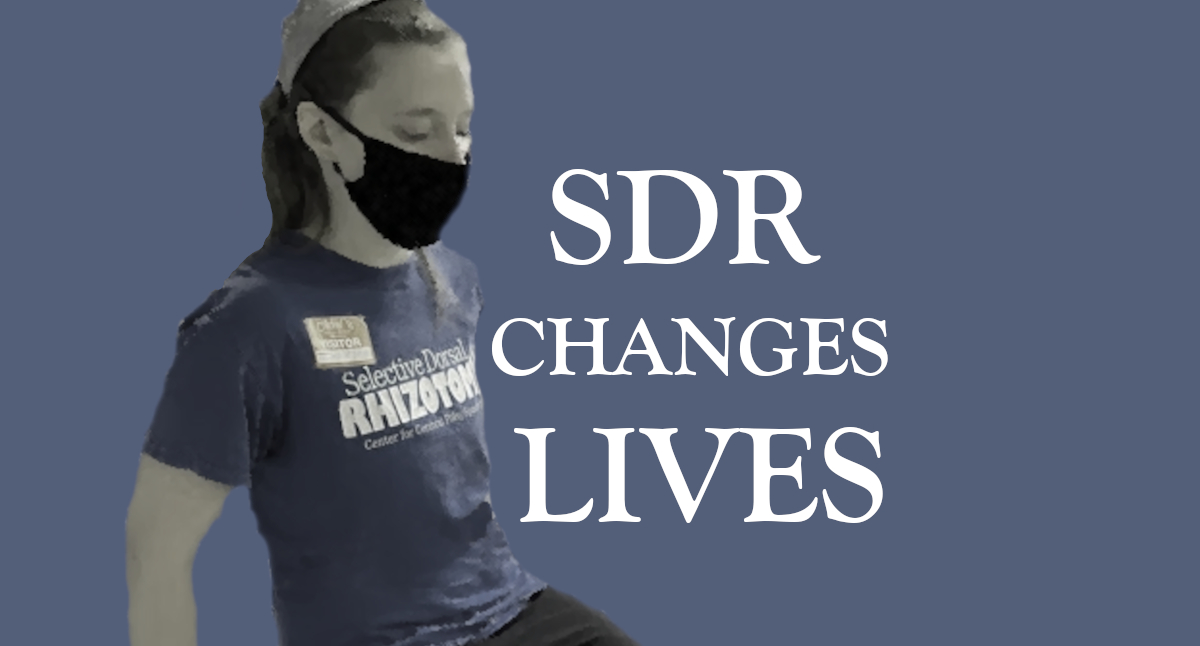useful equipment
The right tools can make a huge difference! Here’s some equipment you might find useful post-SDR.
STRETCHING EQUIPMENT
- IdealStretch: This device was recommended by Dr. Park, and it’s great for independently stretching hamstrings.
- Stretch Out Strap: Really versatile; can be used to stretch hamstrings, or lie on your stomach and pull your leg up toward your bottom to stretch quads.
- Foam Roller: Recommended by Dr. Park. Sometimes painful/uncomfortable, depending on muscle groups, but can be used to loosen up muscles. Especially effective for large muscle groups, like quads and hips. Vibrating foam rollers are also available, which are pricier but may be more efficient.
- Muscle Roller Stick: Similar to a foam roller, but smaller and handheld.
- Massage Gun: Recommended by Dr. Park. I use this LifePro massage gun, though they seem to be pretty similar across brands. It’s similar to a vibration plate but is more targeted, so you can use to target vibration therapy to a specific muscle group. My vibration plate helps me feel looser all over, but my massage gun is helpful if there’s a specific muscle I really need to zero in on. Sometimes the plate just can’t zero in on a specific muscle as well.
- ProStretch Blue: Recommended by Dr. Park to stretch Achilles and calf muscles. A wooden wedge or a stair might also be used for this purpose.
STRENGTHENING EQUIPMENT
- Ankle weights: Can be used to increase the challenge of an exercise or help improve alignment during exercises; some people with CP have reported that it keeps them from knocking their knees together during squats, for example (perhaps by improving proprioception?). I have noticed this benefit too! Be careful not to choose weights that are too heavy, as these can do more harm than good. Two to three pounds may be good, depending on your size, ability, and the exercises you plan to do with them.
- Vibration Plate: Recommended by Dr. Park, specifically the Galileo and Hypervibe models. Clinical studies have shown benefits for people with CP, including increased motor function and improved strength/flexibility, and some studies suggest that it can improve bone density as well. See the Vibration Plates tab for more information.
- Perform Better Exercise Bands or Therabands: You can put these around your ankles, knees, or thighs to work on hip strengthening exercises, like sideways walking or monster walks, or use them during squats as a cue to keep your knees out. Yellow is the lowest resistance; black is the highest.
- Bosu Ball: Can be used to practice balance, or you can do bridges off of them with your back or feet on the Bosu to increase the challenge. If you’re doing balance exercises off of this, it’s best to make sure someone’s supervising you.
- Treadmill: Make sure it’s capable of lower speeds and has handles. Incline is also a plus; using the treadmill on an incline can help strengthen hamstrings.
- TRX: Great for a variety of exercises (squats, mountain climbers, etc.). You can also use this to assist with balance, but make sure it’s properly secured!
ADAPTIVE EQUIPMENT
- Drive Manual Wheelchair: If you don’t already have a wheelchair, here’s a relatively inexpensive, decent-quality wheelchair for post-SDR or post-PERCS. Folds up, has footrests (essential for post-SDR!). Many people have used this chair post-SDR and PERCS, myself included. I chose the 16-inch seat as I have a smaller frame, and it was perfect for me.
- Drive Rollator Walker: I know of several teens and adults who have used this walker post-SDR and liked it. Also approved by Deanna Walter on Dr. Park’s team.
- Foldable Forearm Crutches: Lightweight and can be bought in a pair or alone if you just need one. The folding mechanism is useful if you want to bring them on trips for intermittent use.
